Well, it’s that time. The 3DS is truly on its way out, and we’re left with one last big release to celebrate its legacy: Persona Q2: New Cinema Labyrinth. It’s a fitting swan song, given Atlus’s extensive support of the platform during the past 8(!!) years.
It also happens to be a great game in almost all respects. Though it stumbles in a few places, the metric ton of content, eclectic labyrinth design, and wide variety of enjoyable cast interactions — to say nothing of the superb soundtrack — bring everything together in a compelling package.
Storyboard
PQ2 is the sequel to Persona Q: Shadow of the Labyrinth and follows a structure similar to its predecessor. It’s a mashup of Persona characters, themes, and battle moves with Etrian Odyssey combat style and exploration. And brutality, but more about that later.
This time, the mashup includes characters from Persona 3, Persona 3 Portable, Persona 4: Golden, and Persona 5. Each group was carrying on with their usual routines — preparing for a heist, entering the Midnight Channel, and heading into Tartarus, respectively — when suddenly, their transit is interrupted, and they find themselves stuck in a bizarre movie world.
The game starts with P5‘s cast, but rapidly expands until everyone is united by the end of the third labyrinth. Everyone in PQ2 also includes the Minako Arisato, or FeMC if you prefer, from Persona 3 Portable, making this the first time she’s appeared in a Persona game since her original outing.
Like the first PQ, New Cinema Labyrinth‘s plot centers around why everyone was dragged into the strange, alternate world. There’s a mysterious movie theater that acts as your hub base, an even stranger creature working the film projector, and two enigmatic people who occupy the theater when the cast first arrives: Hikari and Nagi.
The theater is locked shut, with five giant padlocks securing the chains — and they just so happen to correspond with the number of films being shown in the cinema. No surprises about what you need to do to escape, then.
Make no mistake. Despite their vital importance to the game’s plot, Hikari and Nagi are no Ren and Zei from the first PQ. They don’t join the party and only really come forward during important scenes that advance the story. Instead, the focus is firmly fixed on the main Persona casts.
Like the misquoted line in this review’s subtitle, there’s something wrong with each film, and the goal at the end of every film is to change its ending. Why? Because each film keeps repeating and never reaches the ending, meaning Hikari’s just stuck there in the theater watching the same thing again and again.
The problem is these films are reinforcing certain negative worldviews she holds — for very spoiler-y reasons — so the Phantom Thieves and co. need to put the films back on course so they reach a satisfying ending.
That’s where New Cinema Labyrinth is the weakest, actually.
The Script
The themes and lessons Hikari deals with through films are noble and in keeping with Persona, certainly. From having the courage to hold a dissenting opinion to standing up against abuses of power, these are all things we’ve seen before in one form or another.
But we usually see them after the characters involved go through a traumatic experience or moment of self-revelation, which gives the themes much more weight than they would otherwise have.
Not so in New Cinema Labyrinth. It takes a Bravely Default approach to imparting wisdom, which is to say it’s very heavy-handed and lacks substance. What’s more, it’s like the writing just flatlines during these moments. Characters lose personality, and their lines are completely interchangeable with anyone else in the cast or even with a brick wall.
That these concepts and styles make up a good deal of the first labyrinth and the exposition around it mean the game takes a few hours to really get to the good stuff, which is a disappointment given how vibrant Shadow of the Labyrinth was even in just the first chapter.
Rest assured, though, there is plenty of good stuff awaiting you after that point.
Despite its lighter elements, the story gets fairly involved and a bit heavy later on, something much more like what one would expect from a Persona game.
Stealing the Spotlight
You don’t have to wait until the end to enjoy the game, fortunately. Things really pick up once there are other people to interact with, which happens in the second labyrinth, the very humorously named Junessic Land. If you’ve played P4, then it won’t take much guesswork to know this is where you’ll encounter Yu, Chie, Kanji and the rest of the Investigation Team.
Like in PQ, the Investigation Team is capable of carrying the game on its own, but there are some genuinely laugh-out-loud moments when the two teams get together. The writing quality vastly improves as well, and the juxtaposition of the two — later three — different cast styles and overall outlooks is an excellent testament to each game’s unique personality and why mashups like this are the best kind of fanservice.
Most of these moments are completely unrelated, or at least just tangentially related, to the story. However, others take the form of side quests, called Special Screenings in New Cinema Labyrinth. Like PQ‘s side quests, Elizabeth handles these, and they’re very similar to her quests in PQ and P3: hunt x number of monsters, gather an item, find a certain spot on the map.
Completing these is worth your time for a few reasons. Not only will they grant a bundle of experience points, but they’re also a good opportunity to use characters you might have left on the bench for a while. That’s because Special Screenings have set character requirements, and the requirements tend to vary wildly from Screening to Screening — Futaba as Navigator and Naoto in your party for one, and then Rise, Minako, and Ann for another.
There are several additional Special Screenings that unlock once you reach a certain point, and these involve putting specific characters together to accomplish a (usually goofy) goal — Chie teaching Ann kung fu, for instance.
PQ included multiple scripted scenarios in the labyrinths that played on the differences between casts. While New Cinema Labyrinth doesn’t seem to include quite as many of those, these special Special Screenings more than make up for it, with as many, if not more, top-notch interactions between casts.
Plus they serve the practical purpose of unlocking special teamed attacks if, after finishing the quest, you have one or both of those characters in your party.
More importantly, they’re an excuse to interact with Elizabeth, who is easily the star of the show. PQ2 has plenty of self-referential and pop-culture humor on its own, but Elizabeth takes it up a notch. She regularly breaks the fourth wall and confounds her listeners with references to things like Dragon Ball Z, and her quirky personality from P3 combines with a level of confidence and bossiness when she’s around Theodore that never fails to please.
It’s probably plain by now that the story definitely doesn’t have the same horror elements as its predecessor. Your new items are born from a popcorn machine after all, manned by Theodore, who’s dressed in a popcorn box mascot outfit, and F.O.E.s can take the form of a giant chicken or a pterodactyl wearing a Rise wig. It’s helped by Minako’s dialogue matching her generally bubbly and goofy dialogue choices from the female path in P3P.
On whole, the lightheartedness is much appreciated and actually makes the later reveals a bit more intense.
Rough Editing
The overall gameplay remains largely the same in New Cinema Labyrinth as it is in Shadow of the Labyrinth. The game’s core is dungeon crawling and mapping, with plenty of semi-random encounters and regular mini-bosses, leading up to the big bad at the end of a labyrinth. In between, you’ll encounter several puzzles and the anxiety-inducing F.O.E.s, punnily dubbed Film Obscurite Etendu (extended obscure film) by Nagi.
The whole thing is a familiar loop to both Persona and Etrian Odyssey fans: enter a labyrinth/dungeon, go as far as you can, retreat to heal and buy new gear, then push forward again.
It’s worth mentioning the puzzles are toned down a lot from Shadow of the Labyrinth. Many players took issue with the brain teasers that required you to trap or work around an F.O.E or a group of them, and probably as a result of that, they’re fairly straightforward this time around.
The labyrinths in general seem more straightforward as well, with fewer dead ends that force you to backtrack and endure more fights — and it’s not necessarily a bad thing. The overall design of each is still excellent, with sprawling layouts, plenty of shortcuts to gathering points, obstacles to overcome (even if they aren’t as challenging), and F.O.E.s to avoid. You don’t really realize the design was streamlined unless you stop and think about it — or unless you read this paragraph.
The battle system is basically unchanged, but with many more options.There are more physical skills, a wider variety of magic skills, and, of course more characters to place in your party.
Unlike Shadow of the Labyrinth, each character is designated a specific class: Physical, Defense, Magic, or Support. These are sort of like general guidelines for how best to use each character based on stats and base Personas. Putting Ann in the front row is a bad idea, for instance, while Kanji and Ryuji have higher HP pools and more defense-oriented skills.
Support is a bit blurrier and can mostly be used as you see fit.
One complaint here is with how Minako is handled. Despite being a Physical focused character, her stats are much lower than Ren’s, Yu’s, and her male counterpart Minato’s, meaning she’s not as versatile a frontline fighter. Given this is her first appearance since P3P, it’d have been nice to make it count a bit more.
Then there are the sub-Personas, lots of sub-Personas — roughly 10 per major Arcana, which equates to more than 200 Personas, including a handful of DLC add-ons. These diversify your party even more and can be used to complement existing strengths — giving a Magic character more magic skills — or add an extra, different layer — giving a Defense character more offensive skills.
The Velvet Room returns with mostly the same functions, only it adds Persona Sacrifice from P5. This function lets you sacrifice a Persona from your stock to give an experience boost to another Persona and perhaps pass on a skill. It’s a great way to make use of unwanted Personas, and the experience is always a boon.
The pace at which major functions are doled out is better too. For example, you don’t get to inflict or have to suffer from binds until the second labyrinth, which is also when you get to play with the new elements from Persona 5, Psi and Nuclear.
That decision does a couple of interesting things. It makes you get very familiar with the foundations of combat over the course of the first labyrinth, including status afflictions, which means the game is okay with taking the gloves off afterwards and hurting you badly if you aren’t ready.
New Cinema Labyrinth‘s difficulty is a step above Shadow of the Labyrinth‘s. The first labyrinth, Kamoshidaman — a riff on superhero films, if the name wasn’t a giveaway — isn’t too difficult until the first boss fight. Junessic Land is a challenge throughout, and even basic random battles can wipe your powered-up team out if you aren’t careful and don’t consider your party setup and sub-Personas.
For reference, Normal difficulty is basically equivalent to Hard in Shadow of the Labyrinth. Difficulty levels can also be changed in the Cinema hub, should you wish to experiment.
One very welcome quality of life change that helps smooth the difficulty out is that you no longer have to pay for healing; it’s automatic when you return to the Cinema. Margaret still has ways of getting your money, though..
It’s easier to perform All-Out Attacks as well. Shadow of the Labyrinth made you have four or five characters in Boost state before one could trigger, but New Cinema Labyrinth follows more of a Persona style. knock all enemies down by exploiting their weaknesses, and it opens an All-Out Attack opportunity.
It’s easier said than done sometimes, especially when you’re facing a mob of 5 enemies with varied weaknesses.
Special Effects
Shadow of the Labyrinth and Persona in general aren’t short on style, but New Cinema Labyrinth takes it even further, much like P5 itself. Character models are improved and boast the shadow-glow effects that feature at the end of battles in P5, and the textures on whole are smoother and more appealing than in Shadow of the Labyrinth.
Labyrinths are visually interesting as well, which is good since you’ll be seeing a lot of them. Atlus seems to have heard the complaints about Shadow of the Labyrinth‘s random and/or boring designs (complaints which this writer didn’t share, incidentally). This time, each labyrinth corresponds with a specific genre or film. This helps make them stand out by providing them with unique, themed atmospheres that don’t seem as random as Shadow of the Labyrinth‘s did until the ending.
There are other small, but influential visual effects as well. The screen crackles and streaks like an old film reel when you’re in the dungeons, the battle transition screen is a quickly scrolling reel of film, and the Persona fusion animation is a treat too, but it won’t get spoiled here. (Spoiler: it doesn’t involve murder and execution, even though it does involve Caroline and Justine).
But the soundtrack is what stands out the most. It’s varied. It’s catchy. It’s fantastic. You know it’s fantastic when you’re actually looking forward to the next random encounter because you want to hear the BGM.
The labyrinth themes are fairly simple, but appropriate, and the Cinema itself gets several jazzy tunes matching its P5 inspirations. Aria of the Soul makes its return in the Velvet Room, naturally. However, it’s the battle themes that will really — wait for it — take your heart.
The primary initial theme is Invitation to Freedom, performed by P5‘s vocalist Lyn Inaiuzumi. It has a similar opening to Last Surprise, but takes a much more upbeat, less moody path overall, in keeping with New Cinema Labyrinth itself.
Then there’s the P4 theme, Remember, We Got Your Back. It’s an alternative take on Reach Out To The Truth with Shihoko Hirata on vocals. It’s this writer’s favorite tune, both for the general flow of the melody and how it perfectly captures Persona 4‘s spirit.
Persona 3 gets Pull the Trigger, performed by Mayumi Fujita and Lotus Juice. It’s an excellent homage to Minako’s battle theme in P3P, Wiping All Out, even if it doesn’t quite reach the same heights.
Fret not if none of these appeal to you in the beginning, though. Not only can you swap what you want to hear in the Cinema hub. Selections from all three games represented, including Last Surprise, Reach Out To The Truth and Wiping All Out, will also be available as three bits of DLC, $2.99; the official site lists them for $2.99 each, but they’re showing up free in the in-game DLC screen.
Sadly, there’s no English voice over. However, the Japanese voice actors do a quality job for the most part, with a few exceptions.
Ryuji sounds like he’s doing a Kermit impression at times, and it’s easy to easy why Yosuke finds Teddy annoying in Persona 4. All in all, though, it’s not something that makes you turn the volume down, which is always a good thing.
—
The Final Cut
Pros
- Loaded with content
- Highly engaging combat system and gameplay loop
- Excellent mashup of casts
- Mostly high-quality writing
- Fantastic style and soundtrack
Cons
- Wonky localization in places
- Weak story for the most part
- Ham-fisted delivery of morals
Persona Q2: New Cinema Labyrinth is a worthy successor to Shadow of the Labyrinth and improves on it in many ways, despite a rather shaky plot up until the end and some questionable localization in places. There’s almost endless customization between experimenting with party setups and sub-Personas, not to mention a ton of content outside the main story.
All of this is wrapped up in a stylish and engaging package that naturally invites continued gameplay for a long time.
It might be the 3DS’s last hurrah, but it’s certainly a fitting way to bid farewell to the dear handheld system.
[Note: A copy of Persona Q2: New Cinema Labyrinth was provided by Atlus for the purpose of this review.]

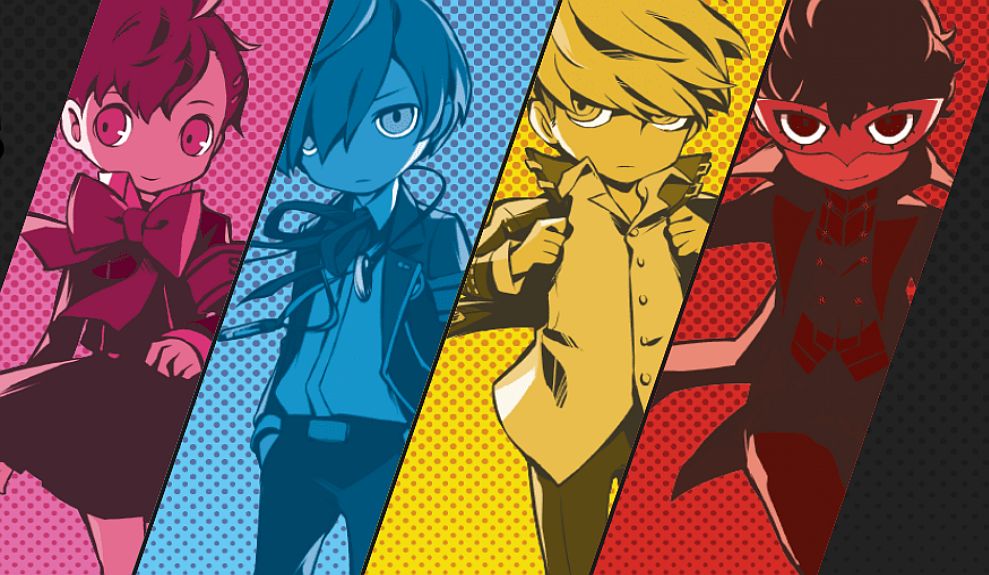
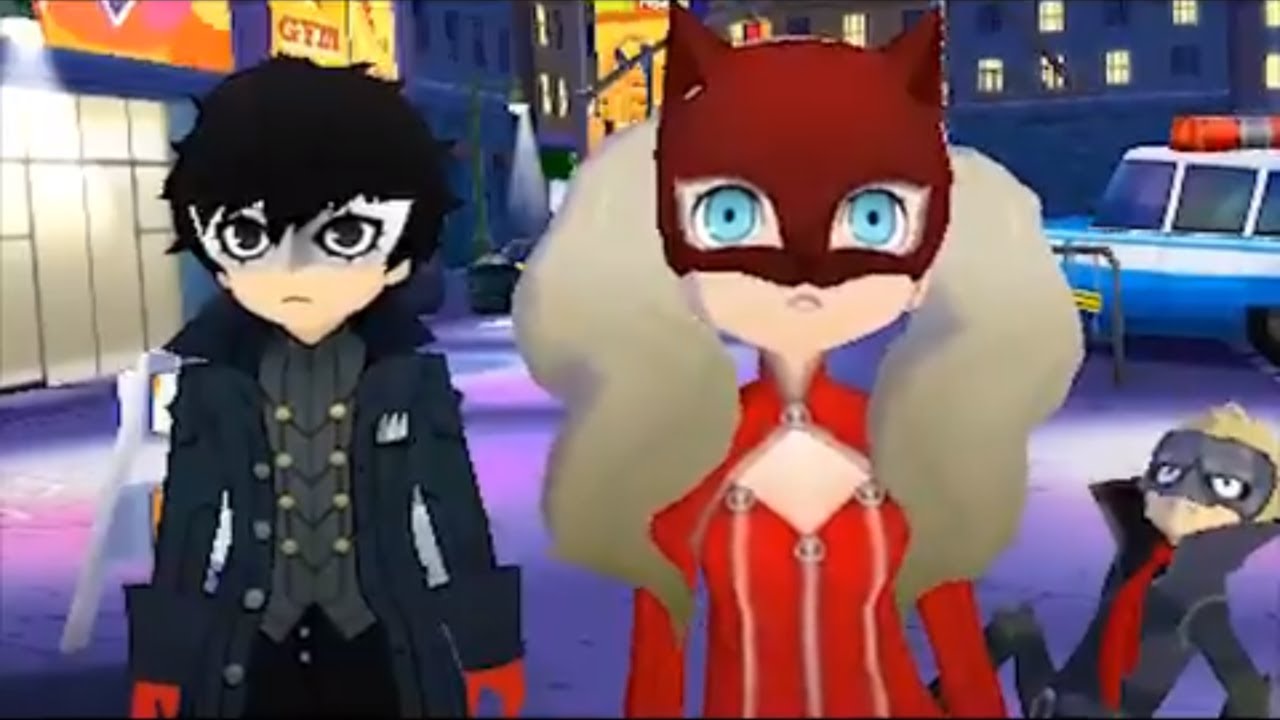
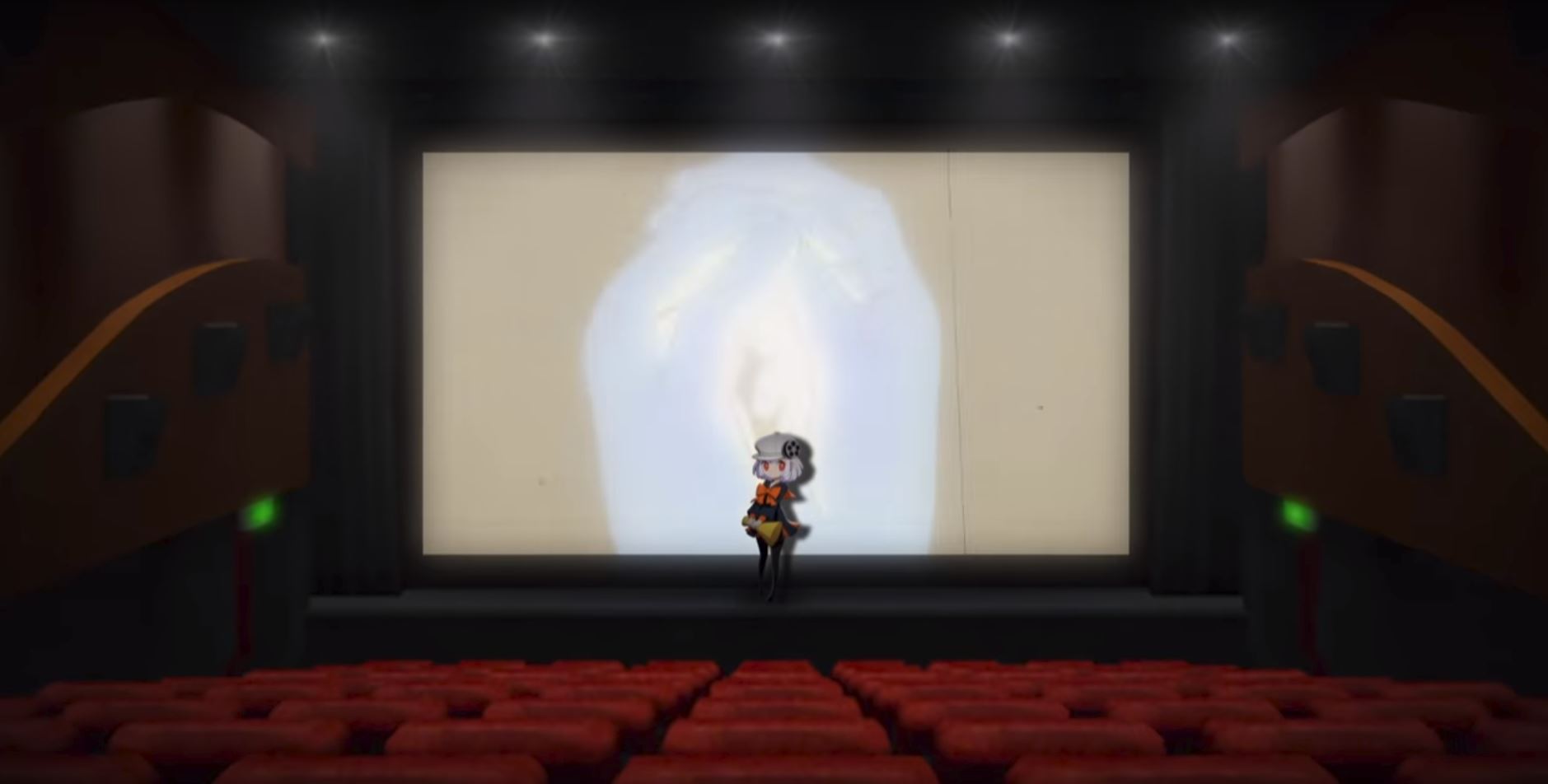

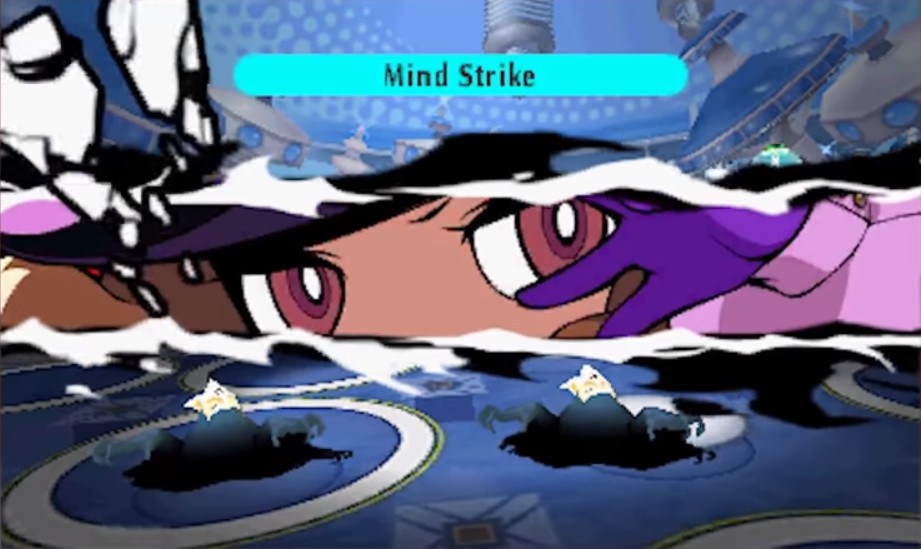
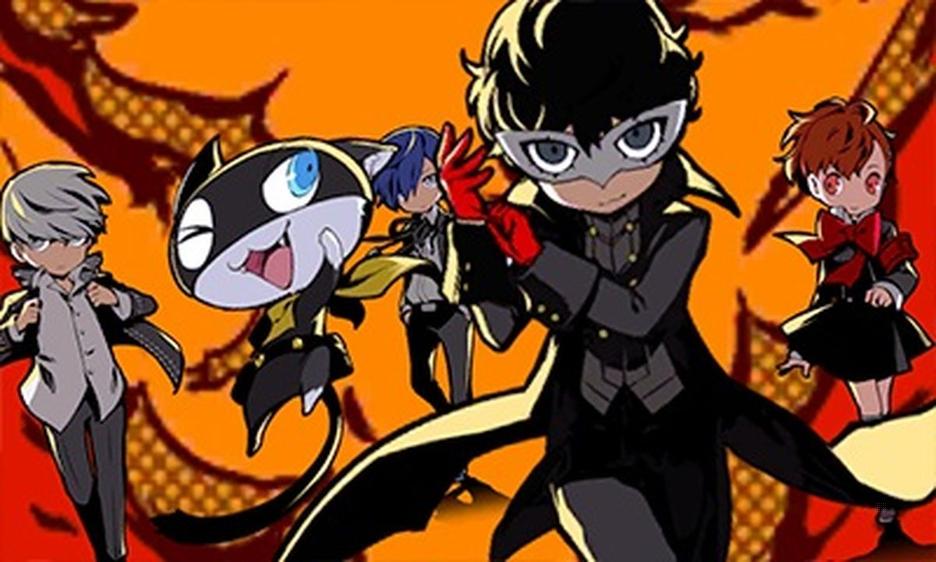





Published: May 30, 2019 08:58 pm